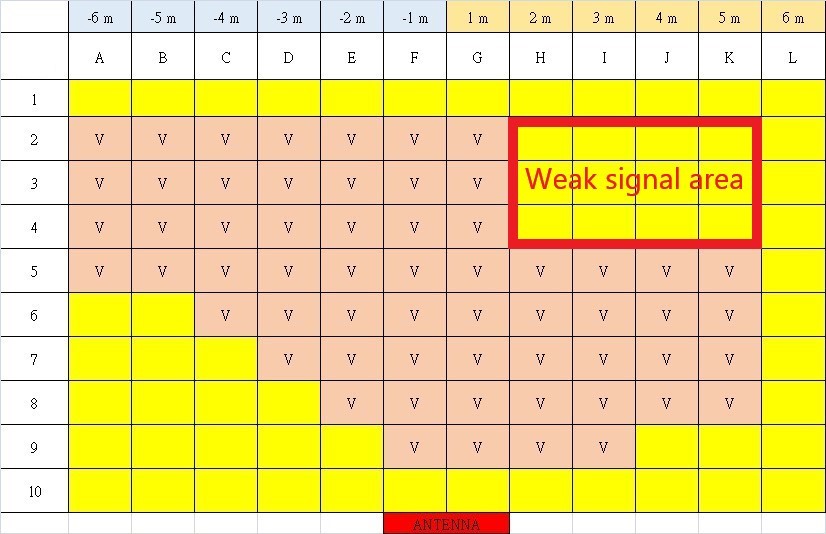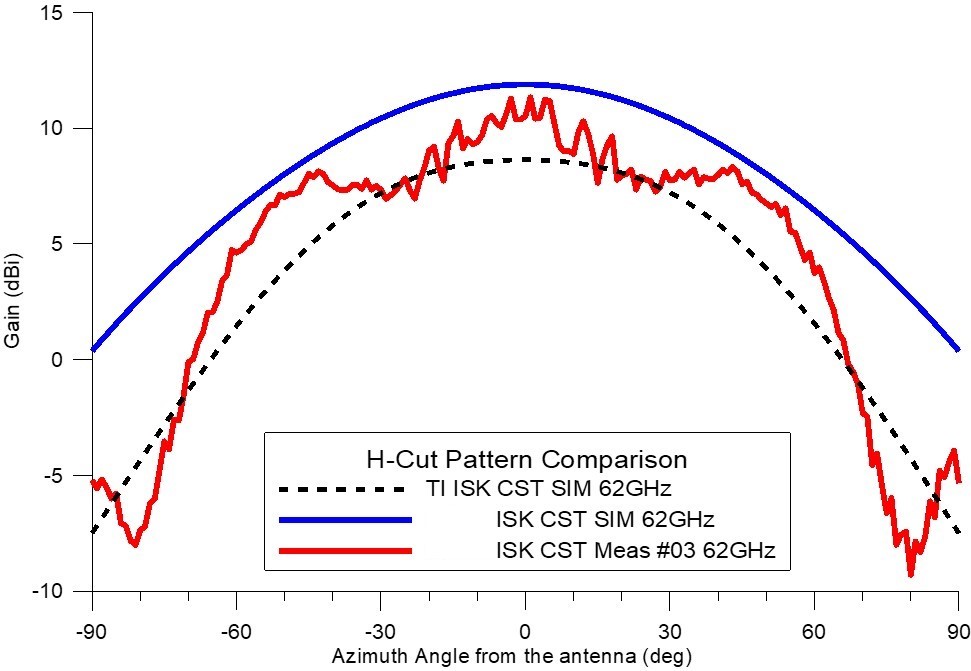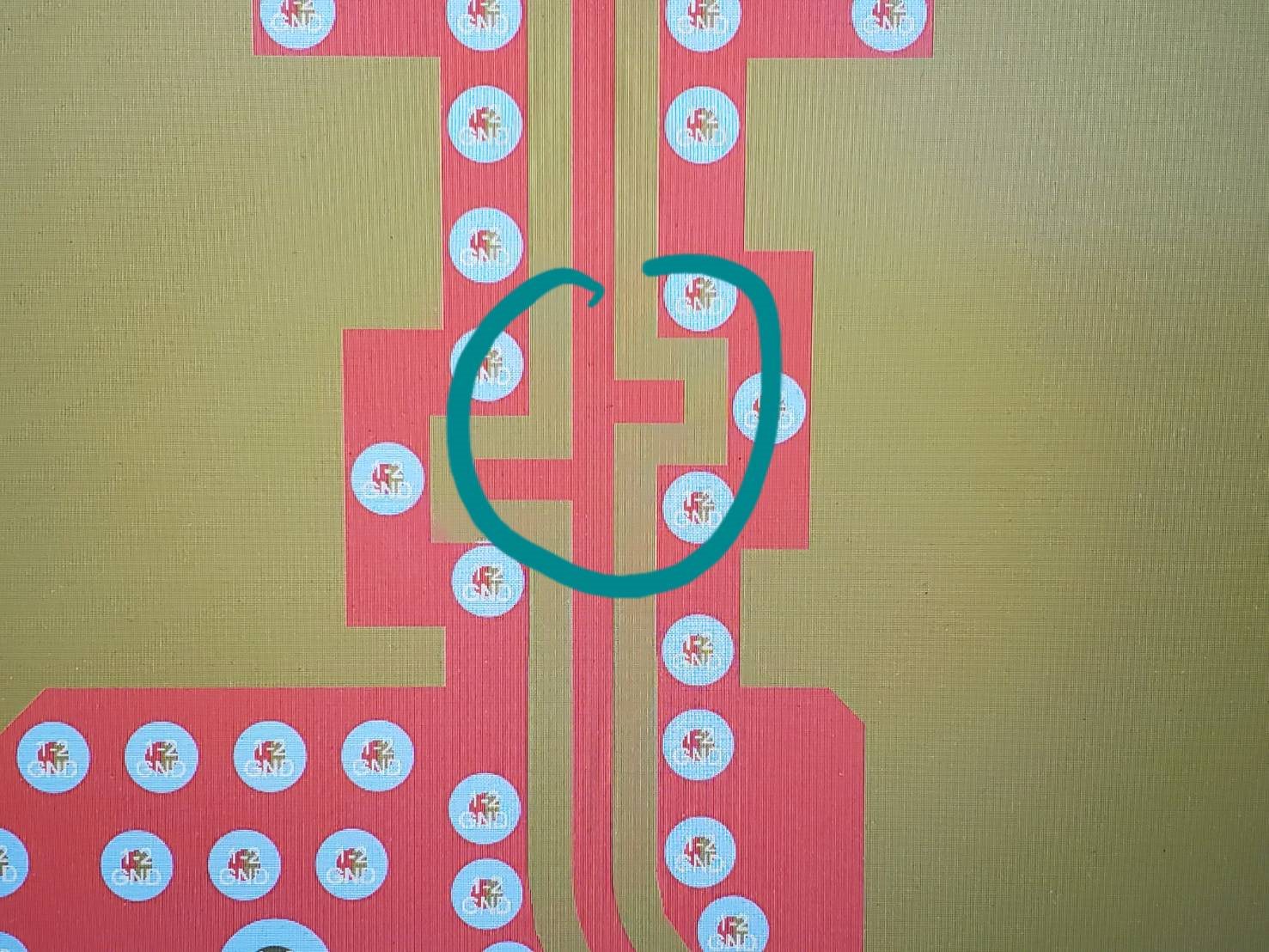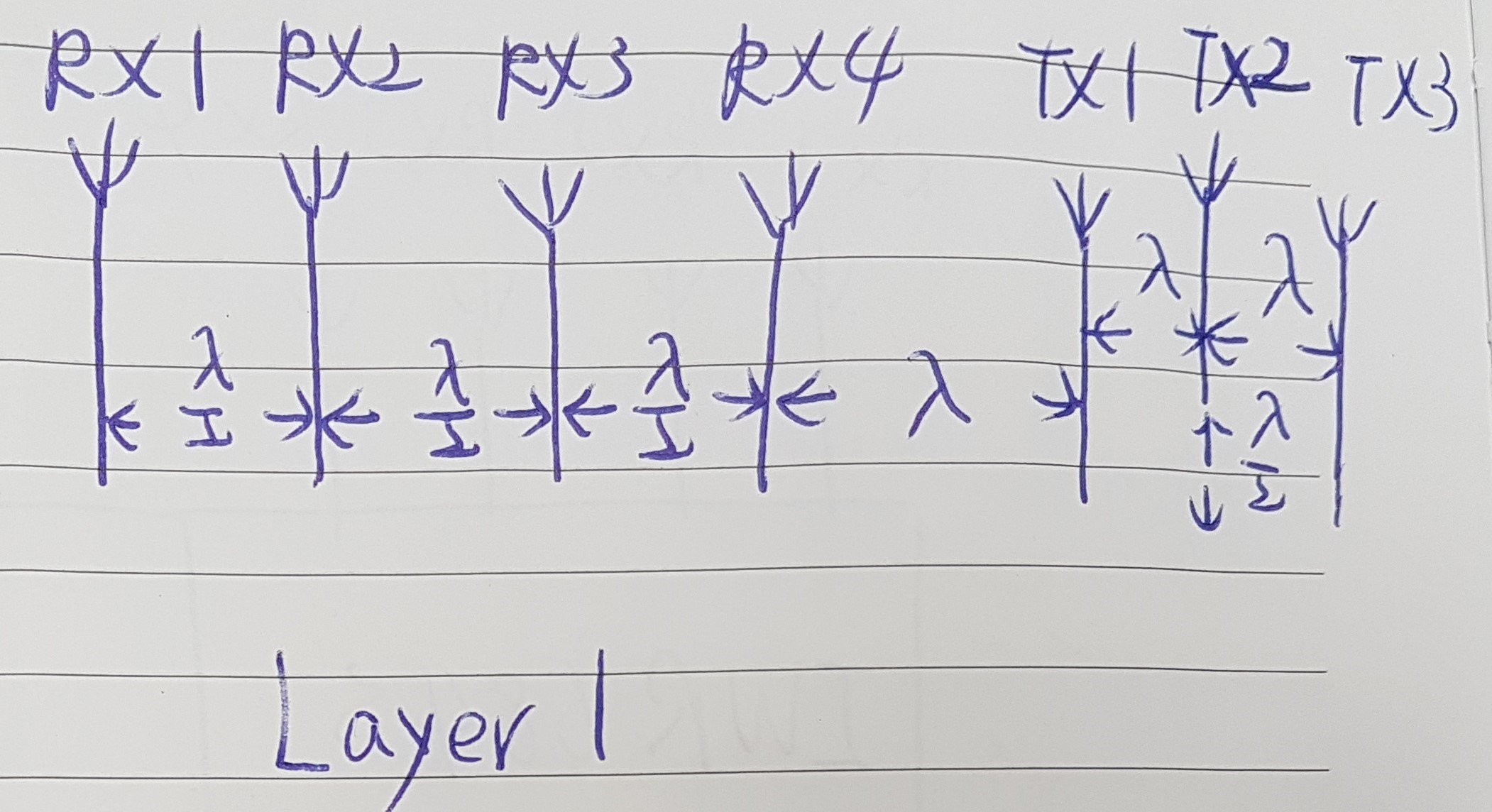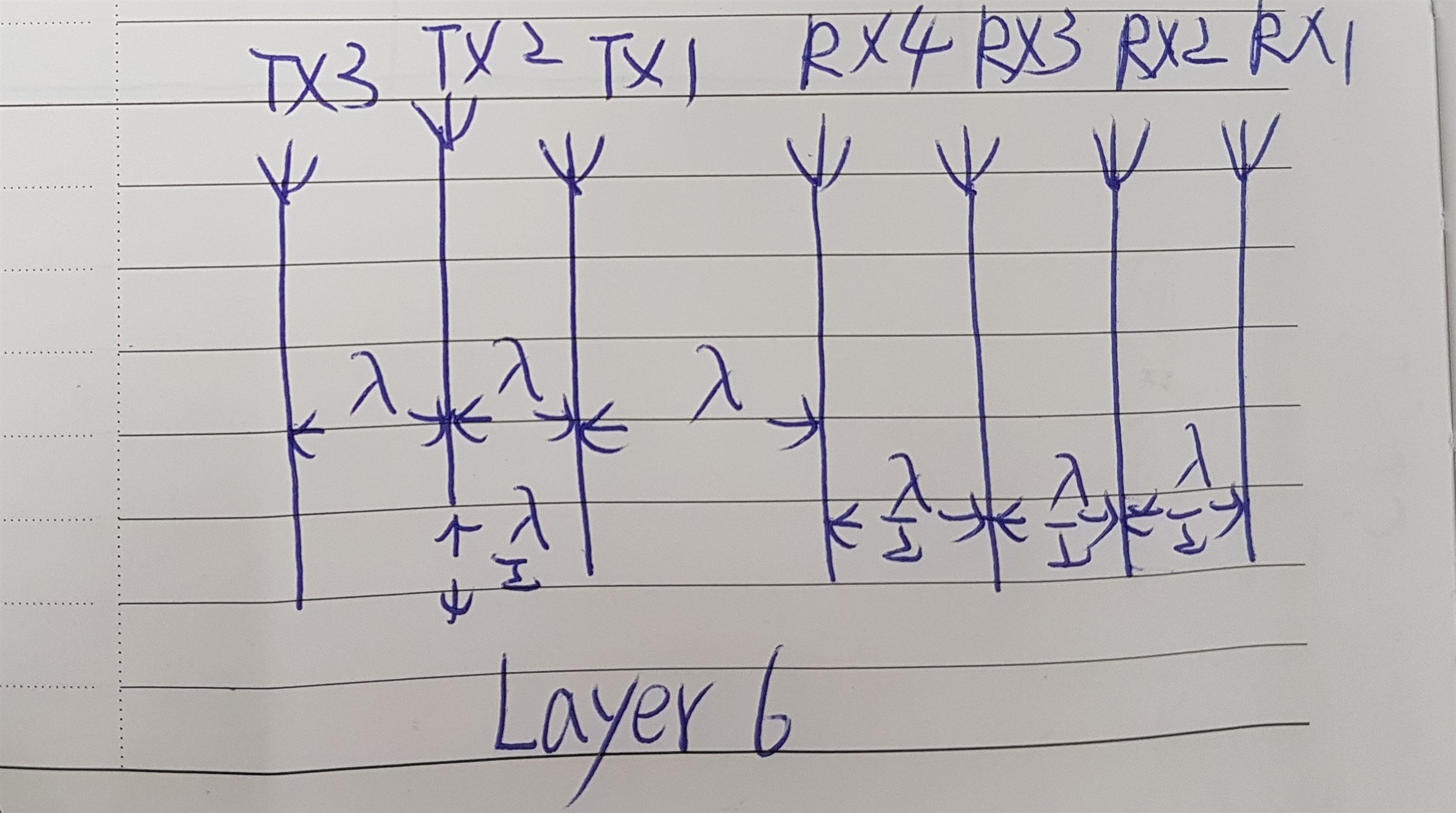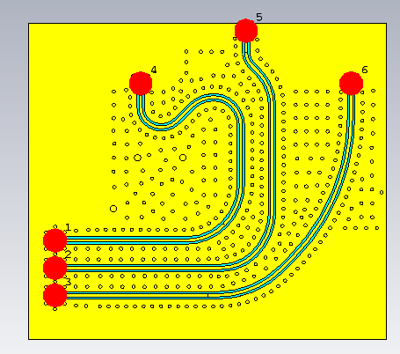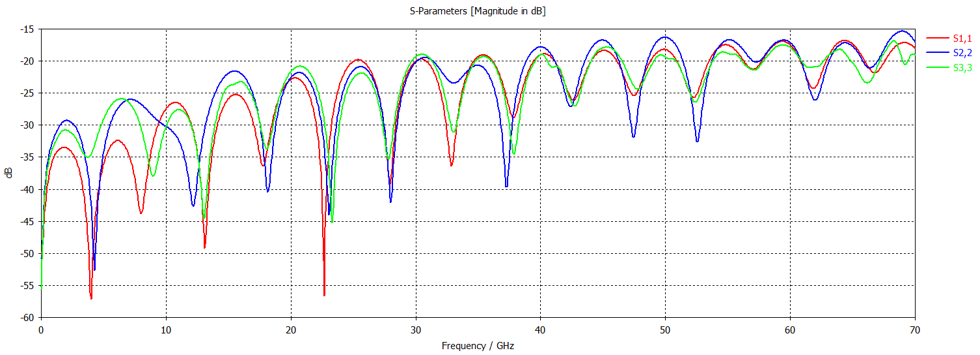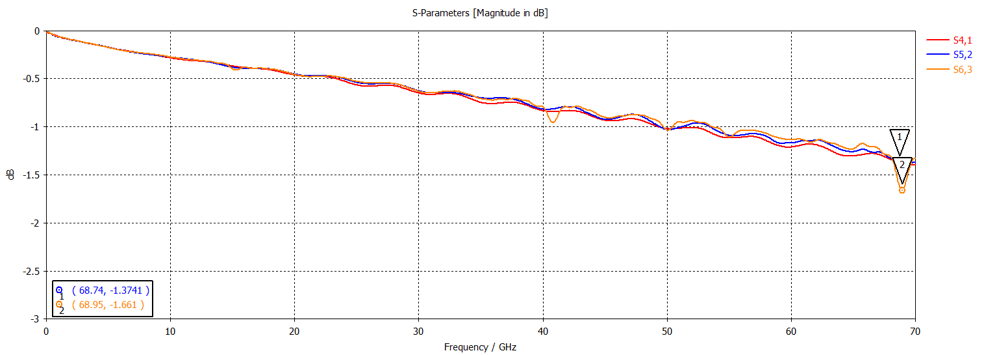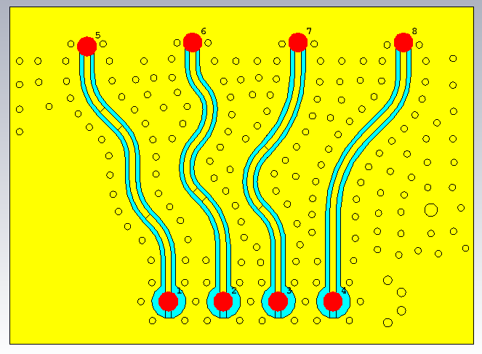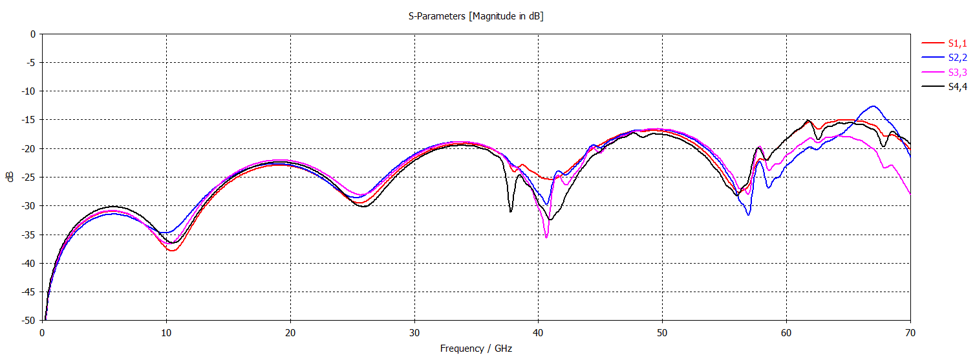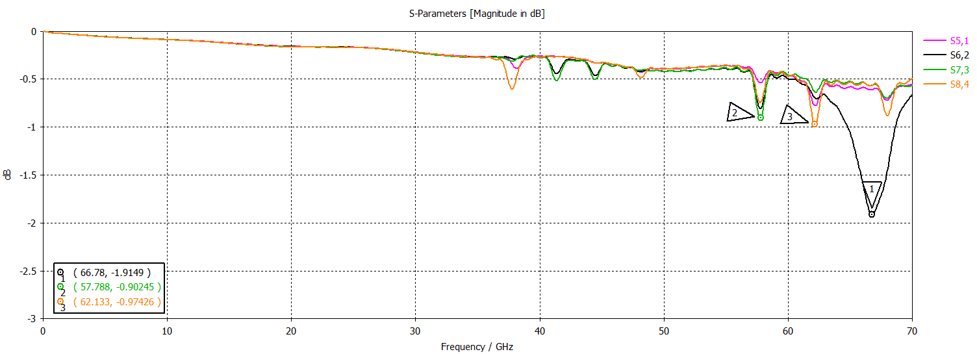Dear TI,
Good day.
We design a new PCB with re-designed antenna and found some issue which could not be understood.
The test results are shown in the below figure. The signal in rectangular area marked by red line is very weak and the TI ISK PCB could not find the same problem.
We have compared the antenna radiation pattern of TI and ours and could not find the significant differences.
The antPhaseRot is revised because we changed the antenna placement.
So far we tried to analyze the issue by mmWave_Demo_Visualizer 3.4.0 which and still have no idea about this issue.
Could you please help suggest what kind of experiments we could do to clarify this issue?
Thanks.
The related information is listed in the below.
Lab: 68xx_3D_people_counting
The figure shown below is TI original antenna placement .
The figure shown below is our antenna placement .
Three antenna test results are shown in the below figure.
Blue line- Our antenna simulation results by CST.
Red line- Our antenna measurement results in anechoic chamber.
Black dotted line- TI ISK antenna simulation results by CST.


